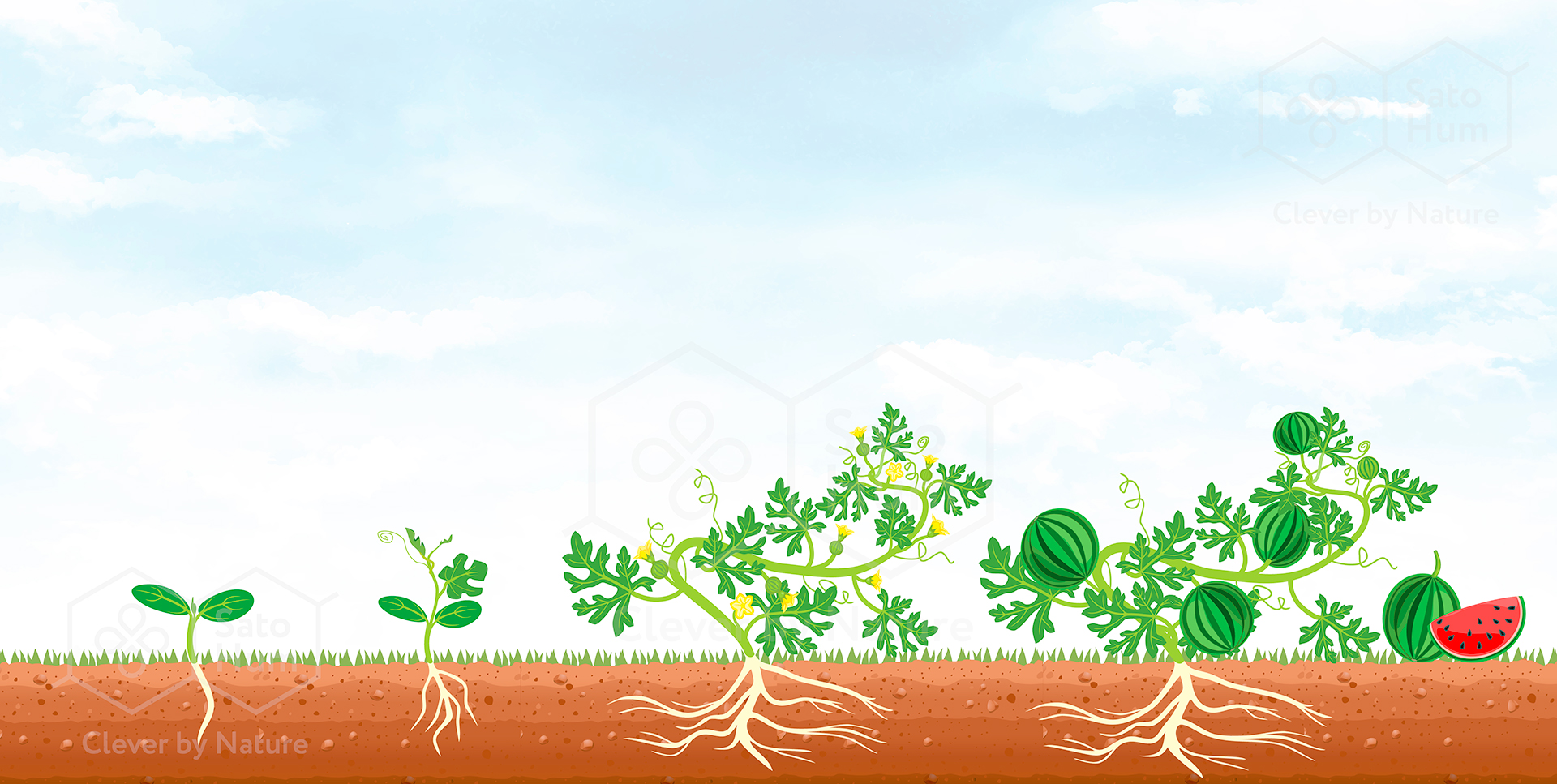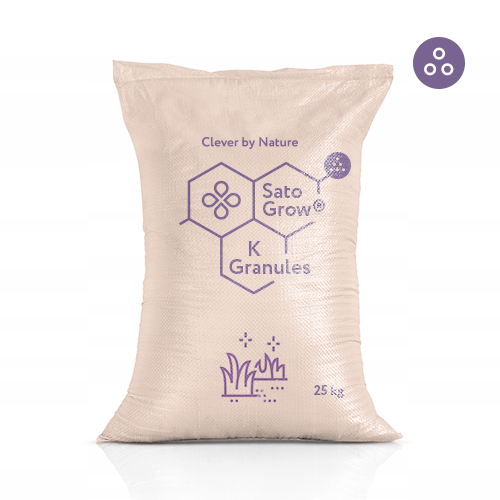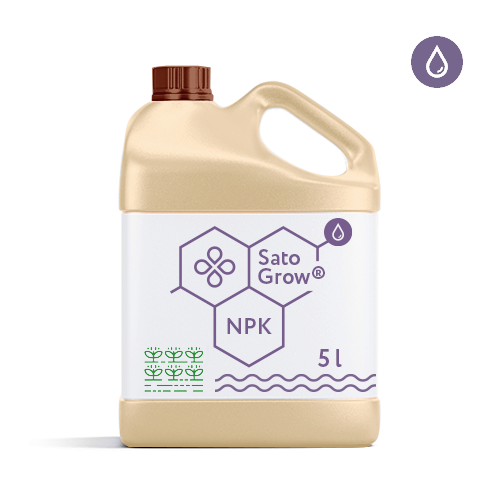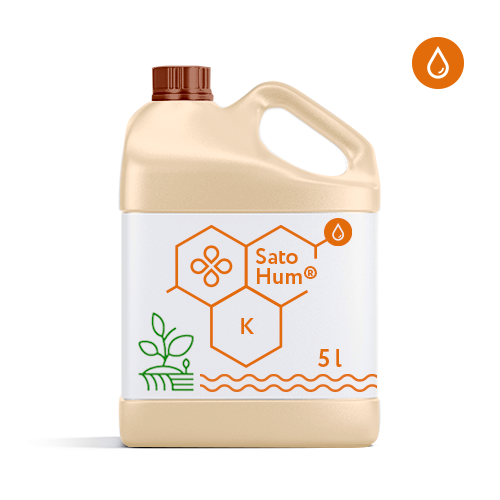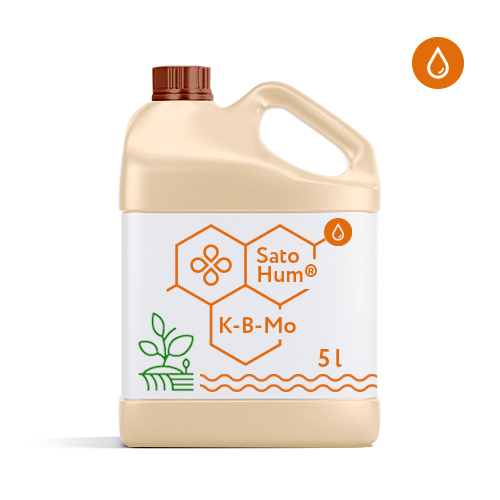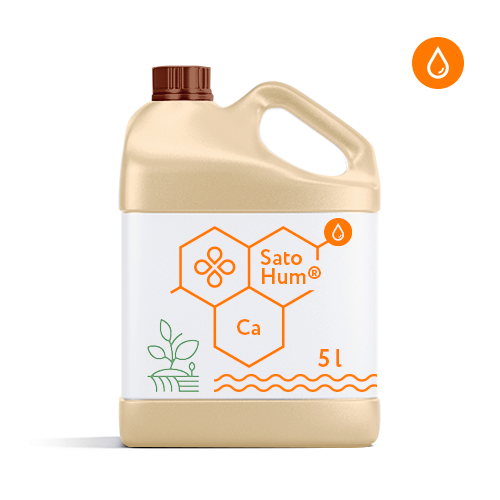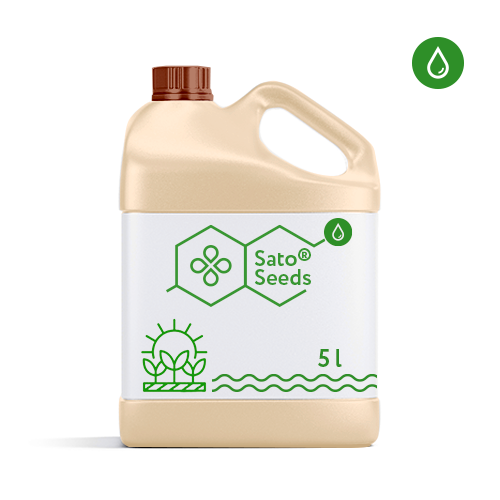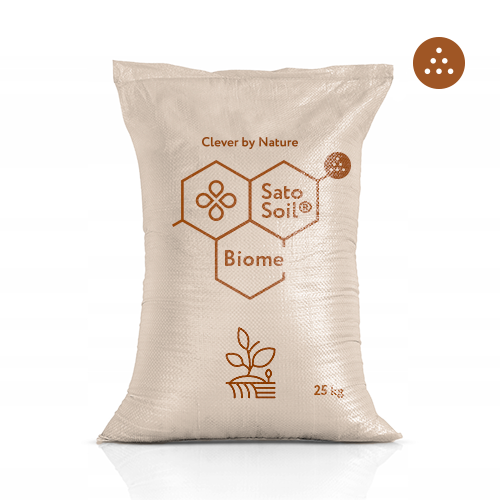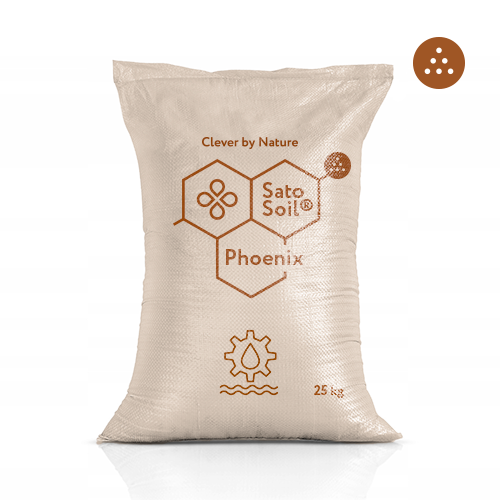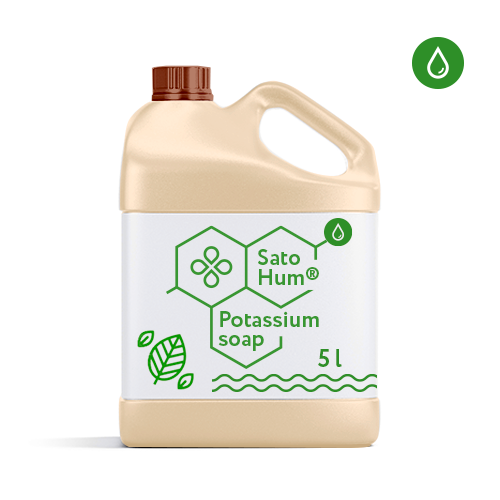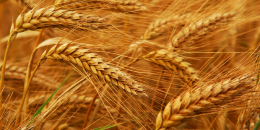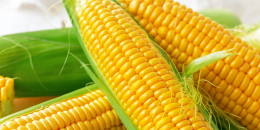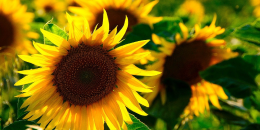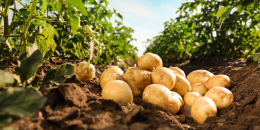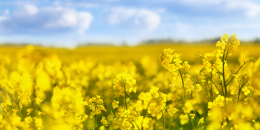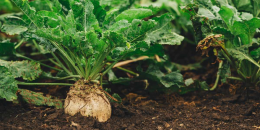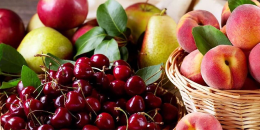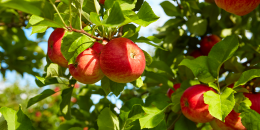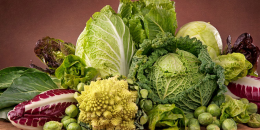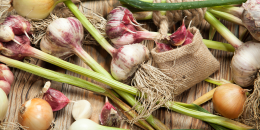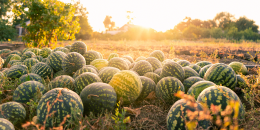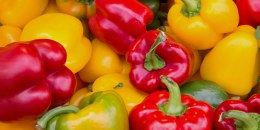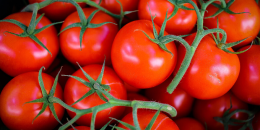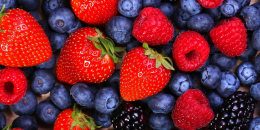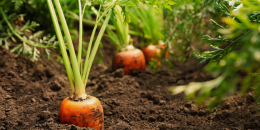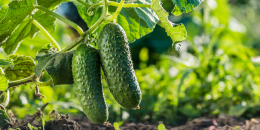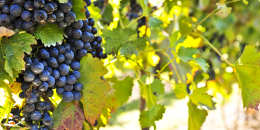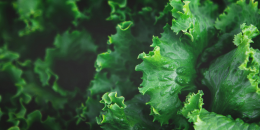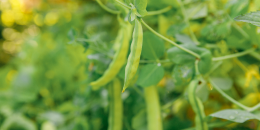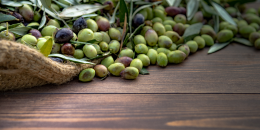Watermelon, melon, pumpkin and zucchini are cultivated in industrial volumes both in table and fodder varieties in many arid regions of the world.
Melons
All melons are demanding on heat and light; react to the weediness of the field and to the application of herbicides. It is recommended to include SatoSoil® improvers in the pre-sowing soil conditioning to reduce the weediness of the field and the best soil protection. Cereals, legumes, corn and fodder meadow grasses are considered the optimal predecessors of melons.
Seed treatment of watermelons and melons with Sato® Seeds composition before sun exposure increases their germination and seedling even growth.

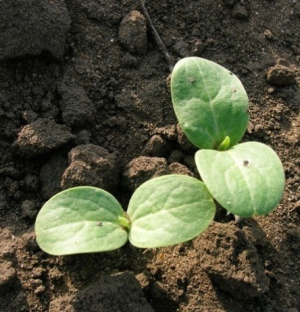
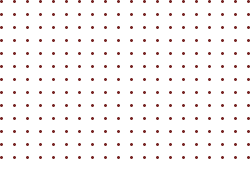
As start incorporation, it is proposed to use SatoGrow® organo-mineral granules, which have a long-lasting effect thanks to humic and fulvic acids. SatoGrow® biostimulants act as nitrogen-fixing complexes, gradually releasing minerals, which affect the amount of fertilizer applied and the efficient uptake of macronutrients by growing plants. Melons are vulnerable to excess nitrogen; in conditions of rain and moderate temperatures, leaves and stems can become rusty, caused by fungal spores.
All melons are known for their natural drought tolerance. The main weight gain of fruits occurs without the participation of a large amount of moisture. Therefore, caring for melons is reduced to the systematic loosening and destruction of weeds, burying of lashes so that they serve as adventitious roots, and spot foliar treatment of plants, starting from the stage of flowers pollination, for which bumblebee and bee hives are purposefully installed, and ending by foliar treatment with nutritional supplements substances.
Watermelons, melons and pumpkins are borophilic crops, in addition to complex nutrition at the fruit filling stage, it’s recommended to feed them with liquid formulation SatoHum® K-B-Mo for even growth and synthesis of necessary phytohormones and sugars. SatoHum® Potassium soap is indicated for aphids, mosaic and powdery mildew.
- lightening of leaves, green midribs - lack of phosphorus;
- general yellowing of the leaves - iron deficiency;
- small pale green leaves and elongated shoots - lack of direct rays of light and nitrogen starvation;
- deformation of leaves and fruits - lack of boron;
- small fruits, whitish sides - lack of calcium.
Watermelon, melon, pumpkin and zucchini are cultivated in industrial volumes both in table and fodder varieties in many arid regions of the world.
All melons are demanding on heat and light; react to the weediness of the field and to the application of herbicides. It is recommended to include SatoSoil® improvers in the pre-sowing soil conditioning to reduce the weediness of the field and the best soil protection. Cereals, legumes, corn and fodder meadow grasses are considered the optimal predecessors of melons.
Seed treatment of watermelons and melons with Sato® Seeds composition before sun exposure increases their germination and seedling even growth.



As start incorporation, it is proposed to use SatoGrow® organo-mineral granules, which have a long-lasting effect thanks to humic and fulvic acids. SatoGrow® biostimulants act as nitrogen-fixing complexes, gradually releasing minerals, which affect the amount of fertilizer applied and the efficient uptake of macronutrients by growing plants. Melons are vulnerable to excess nitrogen; in conditions of rain and moderate temperatures, leaves and stems can become rusty, caused by fungal spores.
All melons are known for their natural drought tolerance. The main weight gain of fruits occurs without the participation of a large amount of moisture. Therefore, caring for melons is reduced to the systematic loosening and destruction of weeds, burying of lashes so that they serve as adventitious roots, and spot foliar treatment of plants, starting from the stage of flowers pollination, for which bumblebee and bee hives are purposefully installed, and ending by foliar treatment with nutritional supplements substances.
Watermelons, melons and pumpkins are borophilic crops, in addition to complex nutrition at the fruit filling stage, it’s recommended to feed them with liquid formulation SatoHum® K-B-Mo for even growth and synthesis of necessary phytohormones and sugars. SatoHum® Potassium soap is indicated for aphids, mosaic and powdery mildew.
- lightening of leaves, green midribs - lack of phosphorus;
- general yellowing of the leaves - iron deficiency;
- small pale green leaves and elongated shoots - lack of direct rays of light and nitrogen starvation;
- deformation of leaves and fruits - lack of boron;
- small fruits, whitish sides - lack of calcium.
| SOILS | SEEDS | GROWTH | HARVEST | ||
| SatoSoil® Biome
Preservation of fertile humus Incorporation to a depth of 16 cm 5 – 10 t/ha Single feeding of black fallows 2 – 5 t/ha SatoSoil® pHoenix Fallow conditioning Correction of saline and acidic soils Incorporation to a depth of 16-18 cm 5 – 10 t/ha SatoHum® K or SatoGrow® NPK/ SatoGrow® N Watering the soil improver 2 – 6 l/ha |
Sato® Seeds
Pre-sowing treatment of seeds or seedlings Soaking seeds for seedlings (18 h) 10 ml/10 l of water SatoGrow® K Granules and SatoGrow® NPK Granules Complex biostimulation of seedlings 70 – 120 kg/ha/season SatoHum® K or SatoGrow® NPK/ SatoGrow® N Granulate activation 2 – 6 l/ha
|
SatoHum® Potassium soap
Fighting parasites and pathogens 30 – 40 ml/10 l of water SatoHum® K Abundant budding and flowering 0,8 – 1 ml/10 m² |
SatoHum® K-B-Mo
Correction of potassium deficiency and secondary microelements 1,5 – 2 l/ha SatoHum® Ca Fruit plumping Sugar synthesis 1,3 – 2 l/ha |
SatoHum® Ca
Long keeping quality of fruits Before harvesting 1,3 – 2 l/ha |
|
WARNING: 4 Sato® Steps is a comprehensive crop care system that provides the basic crop needs for the main 12 macro, meso and micronutrients for an optimal growing cycle and unlocking the potential of each crop.
SOILS: In pre-sowing application of SatoSoil® Soil improvers, the minimum rate is introduced, when autumn applying, the maximum rate is recommended. When applying SatoGrow® Biostimulants after SatoSoil® Soil improvers, the minimum rate is applied; if the soil hasn’t been treated, the maximum rate is applied. For irrigation, it’s recommended to activate granulates (soil improvers or biostimulants) with SatoHum® liquid formulations and SatoGrow® liquid organo-mineral biostimulants.
SEEDS/SEEDLINGS/VEGETATION BEGINNING: Treatment of seeds and seedlings with Sato® Seeds formulation is compatible with treatment by classical protectants without reducing the rates of their application, and helps to increase the viability of seedlings, the development of the plant and its fruitfulness.
GROWTH: Our SatoHum® solutions have a guaranteed composition with high content of humic and fulvic acids with amino acids of plant origin. It is not recommended to exceed the total applying dose of SatoHum® liquid formulations over 6 l/ha/season, starting from the germination/seedlings phase. If SatoHum® Potassium soap is used for prophylactic purposes, it is recommended to apply the minimum dose. If treatment is carried out to fight active pathogens/parasites, the dose indicated in the product card for the specific pest shall be applied.
HARVEST: Simultaneous fertilization with several SatoHum® products is not expected. It’s not recommended to exceed the specified application rates. For single, not systemic application of SatoHum® products, the maximum dosage of the product is recommended.

